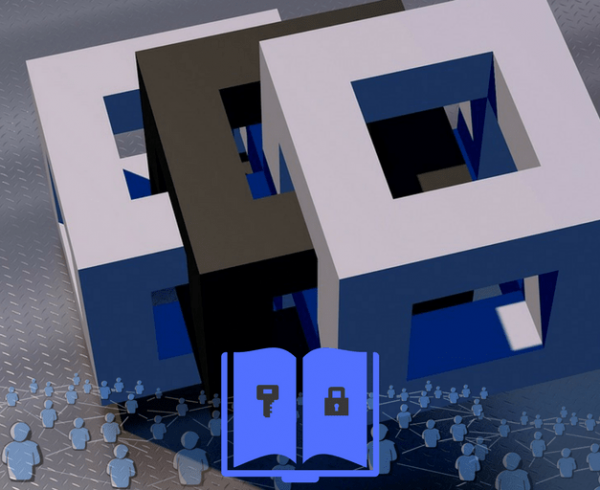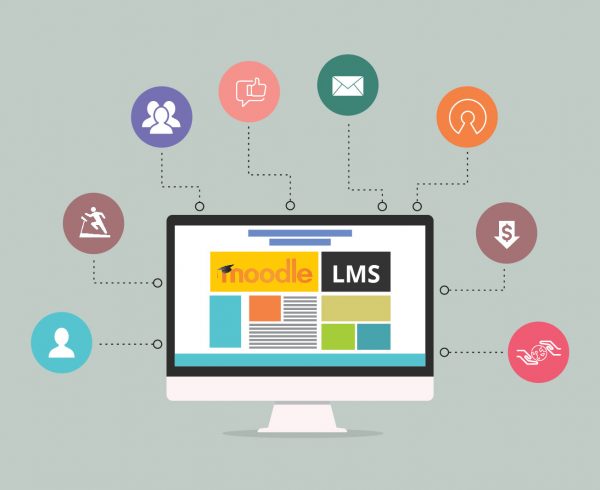Summary
This blog provides you with a brief overview of the key features of Section 508 accessibility standards. You learned about the significance of the standards and how they can be applied to any business. You also learned about the key guidelines that you must follow to attain compliance with the standards.
If you are a federal agency, an organization that receives federal funding, or a service provider to any of these entities, you must abide by Section 508 of the Rehabilitation Act. As required by law, all your information and communication technology (ICT) assets, including your website, must be usable and accessible to individuals with disabilities.
You will need to test these assets to find out if they are compliant with the 508 accessibility standards. Furthermore, even though some manual intervention will probably be required, strong automated tools can perform a sizable portion of the testing process.
Let’s explore section 508 accessibility, significance, guidelines, and how to attain compliance guide in this blog!
Table of Contents:
- What is Section 508 Accessibility?
- 508 Accessibility Standards – An Overview
- Significance of 508 Accessibility Standards for Any Business
- Achieving Section 508 Compliance
- Takeaway
What is Section 508 Accessibility?
The Rehabilitation Act of 1973 was enacted in response to the need for growing public awareness of legislation that would meet the necessities of Americans with disabilities.
The Rehabilitation Act underwent several revisions and reworkings from its inception until the late 1990s, with a particular focus on addressing issues about technology and accessibility. The Act’s Section 508 was inserted in 1998.
According to this amendment, government-run websites and media outlets must develop, employ, and uphold technology and content that is accessible to individuals with disabilities.
508 Accessibility Standards- An Overview
Let’s examine some of the primary technical standards that are addressed in Section 508 in more detail:
- Individuals with deficits in fine motor skills must be able to operate a keyboard by themselves. This necessitates applying the appropriate HTML code structures.
- Upon gaining focus, any interactive elements on the screen ought to be prominently displayed.
- Non-text elements must have text alternatives. Two excellent examples are transcriptions for audio recordings and alt text for images.
- It is important to use the appropriate color contrast ratios and never rely solely on color to convey meaning.
- Documents ought to be arranged so that a corresponding style sheet is not necessary. Moreover, web pages ought to be viewable and navigable without the need for a Cascading Style Sheet (CSS).
- If server-side image maps are required, a screen reader-friendly alternative means of displaying this data must be put in place.
- Tables can be made easier to read for assistive technology by meticulously coding them to show whether a cell is a header, column, or row.
- Any text embedded needs to be put inside an iframe with an accessible name or an inline frame container.
- Content that flickers or flashes should be minimized or eliminated. Objects should only flash three times per second if it is employed.
- Any type of device must work with assistive technology and be user-friendly just using a keyboard.
- It should be possible for users to block and ignore recurring navigation links.
- Users must be able to express that more time is needed and be provided with sufficient notification that a timed reply is in effect.
Also Read: How to Make Your Website 508 Compliant?
Significance of 508 Accessibility Standards for Any Business
Every company that conducts business with federal departments and agencies is subject to Section 508. Businesses of all kinds, such as medical facilities, law firms, independent contractors, and others, may fall under this category.
People with disabilities depend on Section 508 because, in the absence of it, they wouldn’t have the opportunity to be able to access, navigate, or interpret vital online information.
Your company is losing out on meeting the needs of a significant and sizable user base when it disregards compliance requirements. Because Section 508 holds agencies responsible, it guarantees that all Americans receive critical updates and notifications.
Achieving Section 508 Compliance
The first step in guaranteeing compliance is to understand what Section 508 accessibility standards are. However, businesses might not know what accessible ICT is or how to make it accessible when it comes to assuring compliance.
The below tips will put you in the right direction if you fall into this category:
1. Consult the WCAG
Following the Web Content Accessibility Guidelines, or WCAG, is the best approach to guarantee that your ICT is accessible. Although it isn’t a legal document, WCAG is the industry standard for web accessibility.
In actuality, the WCAG version 2.0 Level AA criteria are used by Section 508 to assess accessibility. Crucially, though, the U.S. Department of Justice frequently references the latest WCAG version, 2.1, as the proper benchmark in civil rights enforcement proceedings.
Organizations should strive for Level AA compliance with the most recent version of WCAG as an acceptable standard since WCAG is typically updated every few years.
2. Plan Accessibility Audit
A comprehensive accessibility audit can assist in locating possible problems with your application or website.
The audit may consist of testing for device and browser coherence, content testing, user experience testing, keyboard accessibility, color contrast testing, and fundamental code evaluation.
A web accessibility audit usually yields a report that includes information on the website’s all-around WCAG conformance rating, a priority list of problems that require attention, and specifics on how well the website complies with each accessibility checkpoint.
3. Check for Accessibility Barriers
It’s crucial to assess your website accessibility at the moment using WCAG as a guide. Automated and manual testing are two accessibility testing tools that organizations can use to evaluate WCAG compliance and find accessibility issues.
Even though automated testing can be completed quickly and affordably, many issues that automation is unable to detect can only be discovered through manual testing.
Most organizations use an amalgamation of the two to attain and sustain Section 508 compliance because each approach has distinct advantages.
4. Opt for Remediation
Remediating or fixing the accessibility issues discovered is the next step after assessing the accessibility of your current digital assets. The problems that present the biggest obstacles to your user experience should be prioritized with the assistance of a reliable accessibility partner.
The addition of alt text to vital images, making sure a screen reader is compatible, ensuring there is enough contrast between the text and its background, and enabling keyboard navigation are typical remediation actions for websites and online documents.
5. Put Training Into Action
It’s critical to formalize your accessibility program and procedures and to train staff members in accessibility guidelines to avoid future accessibility obstacles.
This lessens the amount of work required for future remediation by ensuring that accessibility is, by default, included in the design and development operations, resulting in assets that are created with accessibility at the forefront.
Also Read: Section 508 Compliance in Accessibility: A Complete Guide
Takeaway
Penalties and legal action could result from noncompliance with Section 508. The non-compliance situations and the agency or organization engaged will determine the appropriate sentence.
Apart from these penalties, the image of a company may suffer, and bad press may arise from failing to Section 508 compliance.
It’s crucial to remember that adhering to Section 508 is not only required by law but also by morality since it promotes equal access to electronic data and technology for people with disabilities.
If you are looking for a web accessibility solution, get in touch with Hurix Digital. We assess your website content for accessibility compliance using a mix of software tools and manual action. Our advisors are devoted experts who hold IAAP certification and possess a thorough comprehension of WCAG guidelines.











